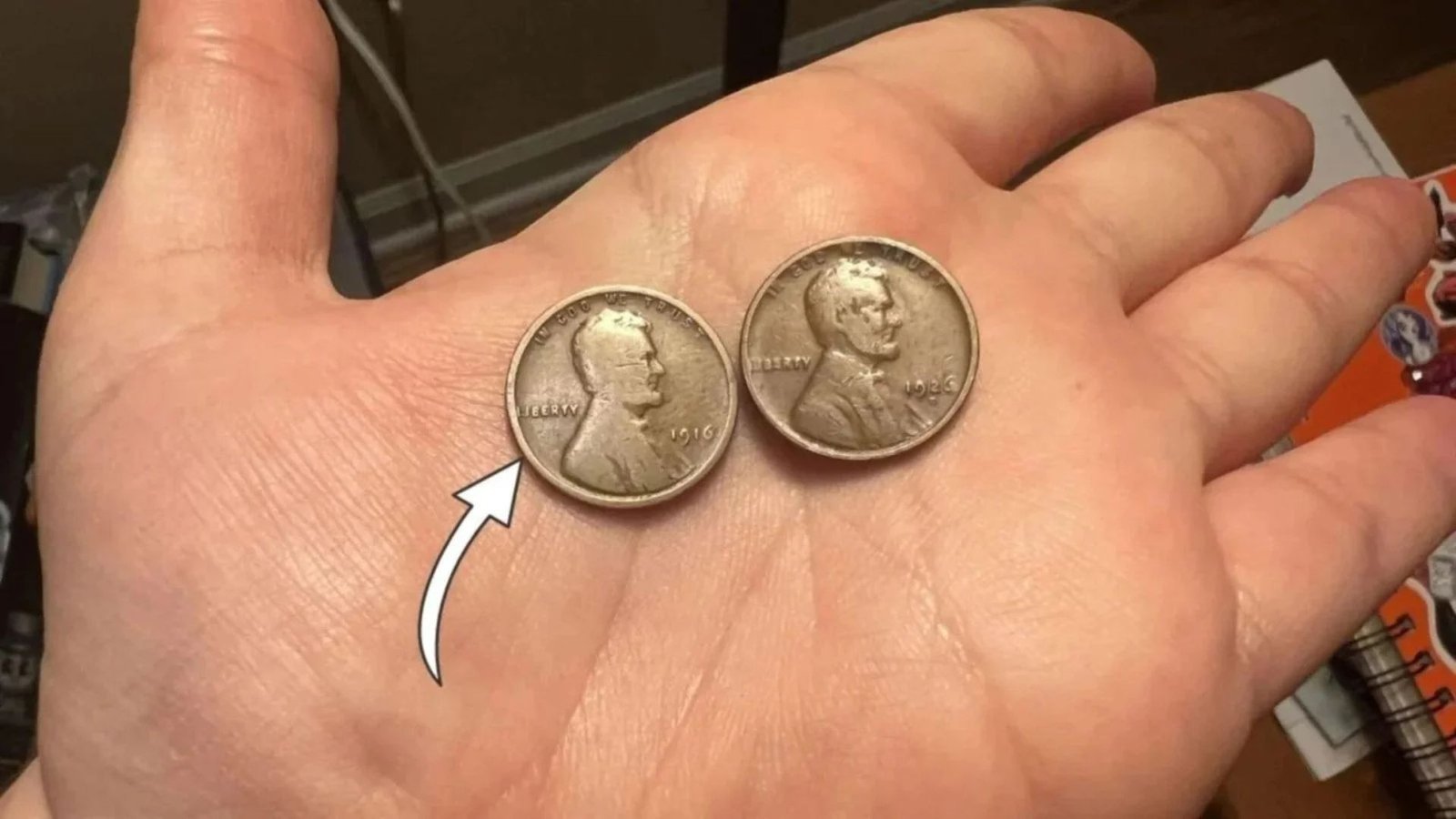Imagine digging through your loose change and spotting a simple penny that could fetch a fortune at auction. That’s the thrill of hunting rare Lincoln Wheat Pennies! These iconic coins, minted from 1909 to 1958, feature Abraham Lincoln on the front and wheat stalks on the back.
While most are worth just a cent, a handful of errors and low-mintage varieties can command staggering prices—up to millions each. In this post, we’ll uncover five ultra-rare examples that might still be lurking in circulation, turning everyday folks into numismatic millionaires. Stick around to learn how to spot them and why they’re so prized.
What Are Lincoln Wheat Pennies?
Lincoln Wheat Pennies are one-cent coins produced by the U.S. Mint featuring President Abraham Lincoln. They’re nicknamed “wheat pennies” due to the two wheat ears on the reverse side. These rare coins appeal to hobbyists and numismatic enthusiasts for their historical charm and potential value.
Most are common, but errors like wrong metal compositions make some legendary. For instance, during World War II, pennies shifted to steel, creating rare mix-ups.
The History of the Lincoln Wheat Penny
The Lincoln Wheat Penny debuted in 1909 to mark Lincoln’s 100th birthday. Designed by Victor David Brenner, it was the first U.S. coin with a president’s portrait. Initial versions had Brenner’s initials (VDB) on the reverse, sparking controversy and quick removal.
Production ran until 1958, with over 288 billion minted. Key mints included Philadelphia (no mark), Denver (D), and San Francisco (S). Wartime changes, like using steel in 1943, led to famous errors still exciting numismatic circles today.
Why These Rare Pennies Are So Valuable Today
In today’s market, rare Lincoln Wheat Pennies skyrocket due to scarcity, condition, and collector demand. While no single penny has hit $250 million (that’s hype—actual top sales reach $3.3 million), these gems can make you rich. Their value stems from minting mistakes and low production.
For example, the 1943 Bronze Penny, meant to be steel, fetches up to $3.3 million due to its rarity. Collectors prize them as tangible history pieces.
Here’s a comparison table of our five featured rare coins:
| Coin Year & Type | Mint Mark | Key Feature | Estimated Value (High Grade) | Mintage/Known Examples |
|---|---|---|---|---|
| 1943 Bronze | D | Copper instead of steel | Up to $3.3 million | Only 1 known |
| 1944 Steel | S | Steel instead of copper | Up to $1 million | Only 2 known |
| 1955 Double Die | None | Obverse doubling error | Up to $200,000 | ~24,000 minted |
| 1909-S VDB | S | Designer initials on reverse | Up to $117,500 | ~484,000 minted |
| 1914-D | D | Low mintage key date | Up to $75,000 | 1.2 million minted |
These values come from recent auctions and highlight why numismatic fans obsess over them.
How to Find and Identify These Rare Coins
Spotting a rare Lincoln Wheat Penny in circulation is like treasure hunting. Check pocket change, coin rolls from banks, or estate sales. Use a magnifying glass to inspect dates, mint marks, and errors.
For the 1943 Bronze, it won’t stick to a magnet (unlike steel versions). Double-check doubling on 1955 coins—it’s bold on the date and motto. Authenticate suspects with apps or pros to avoid fakes.
Notable Facts and Records
Did you know the 1943-D Bronze sold for $1.7 million in 2010, then resold higher? Over 20 billion wheat pennies entered circulation, but rarities like these survive due to hoarding.
Auction records show escalating prices: A 1944-S Steel hit $700,000+ recently. Statistically, your odds of finding one are slim, but stories of garage sale discoveries keep hope alive.
Here’s a table of historical mintage stats for context:
| Year | Total Mintage (All Mints) | Notable Rarity Factor |
|---|---|---|
| 1909 | 72 million+ | VDB controversy |
| 1914 | 29 million+ | Denver low output |
| 1943 | 684 million+ | War metal switch |
| 1944 | 1.4 billion+ | Post-war errors |
| 1955 | 330 million+ | Die error batch |
Expert Tips for Coin Collectors
Start small: Build a basic set of Lincoln Wheat Pennies before chasing rarities. Store coins in acid-free holders to preserve value. Join numismatic clubs for insights and appraisals.
Avoid cleaning—patina adds worth. Use resources like PCGS or NGC for grading. If you find a suspect rare coin, don’t spend it; get it certified.
Frequently Asked Questions (FAQs)
What makes a Lincoln Wheat Penny rare?
Low mintage, errors, or condition. Think metal mix-ups or doubled dies.
Are these pennies really still in circulation?
Yes, some undiscovered examples might be! Many entered everyday use.
How much is a common wheat penny worth?
Just 1-5 cents, but check for keys.
Where can I sell a rare coin?
Auctions like Heritage or eBay, but authenticate first.
Is collecting numismatic items profitable?
It can be, but enjoy the hobby aspect too.
Conclusion
In wrapping up, these rare Lincoln Wheat Pennies remind us that history hides in plain sight, potentially turning spare change into life-changing wealth. Whether you’re a seasoned numismatic pro or a curious beginner, start scanning your pennies today—you might strike gold. Share this with friends, dive into related rare coins, or comment your finds below!

